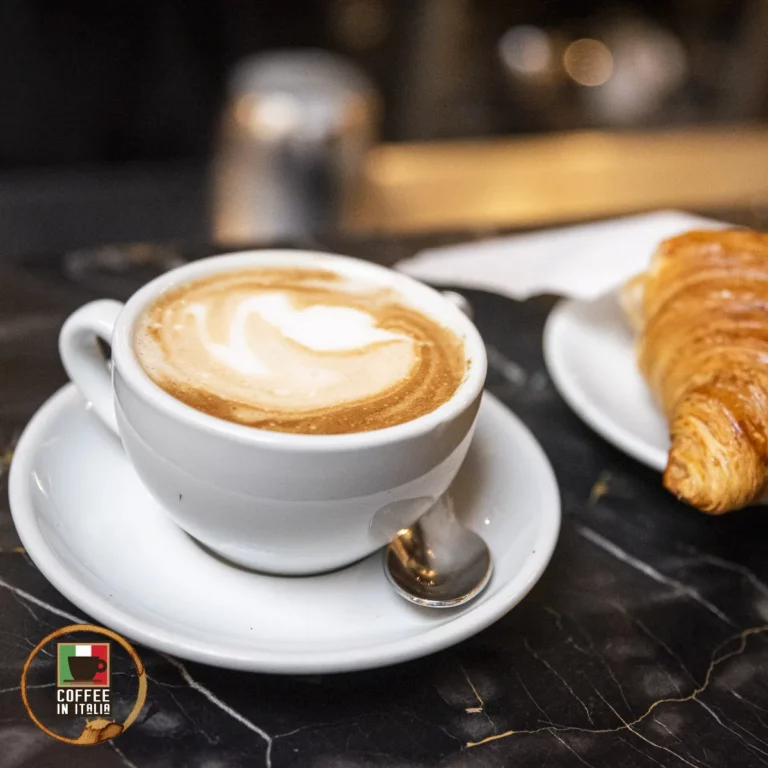Your Complete Guide To What Coffee Is Popular In Italy
Knowing what coffee is popular in Italy will help you navigate through the complexities of Italian coffee culture and make breakfast even more delicious.

Italy is known around the world for its culinary and cultural heritage and it is also synonymous with amazing coffee. Espresso, in particular, is a cornerstone of Italian daily life, tradition and its global reputation.
From the origins of the coffee trade, to the development of steam powered espresso machines to stovetop espresso makers for the home, like a moka pot, to even more modern coffee innovations, Italy’s coffee culture is a blend of history, tradition, and modernity.
You probably already know some of the drinks, like: espresso, cappuccino and even a macchiato, but it is also possible you are confusing these amazing drinks with the monstrosities that you will find at Starbucks, or their imitators.
What we are talking about here are the origins, the traditions and the coffee culture of Italy that has influenced so much around the world.
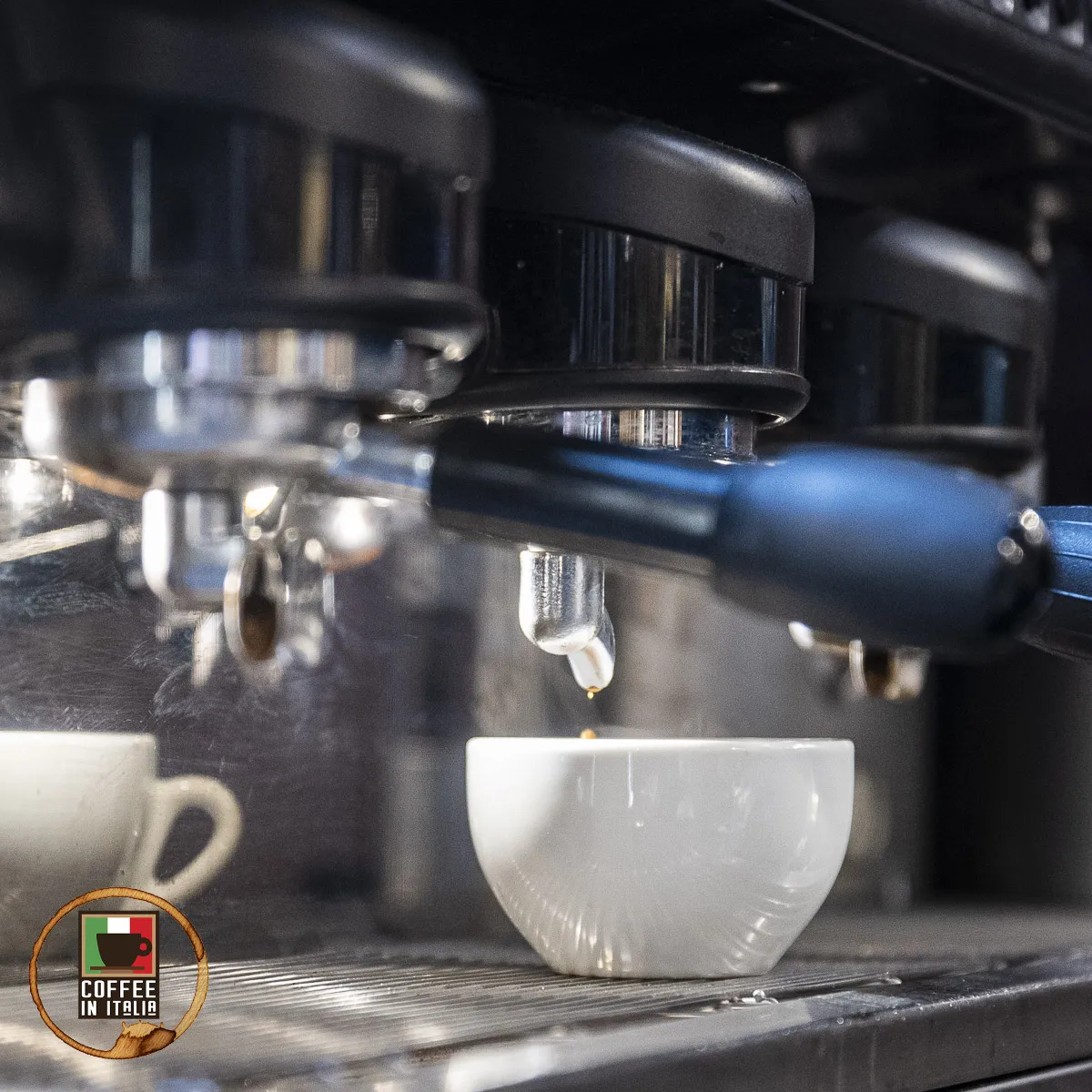
The Foundation of Italian Coffee Culture
Coffee became a significant part of Italian life in the 16th century, introduced through the Venetian coffee trade. It gained popularity in cafés during the 18th and 19th centuries, culminating in the invention of the espresso machine in 1901 by Luigi Bezzera. This innovation set the stage for espresso to become the cornerstone of Italian coffee.
If the difference between being the first to invent something and the first to patent it is important, it is worth noting that Angelo Moriondo was an Italian inventor who is credited with patenting the earliest known espresso machine, in 1884. His machine used a combination of steam and boiling water to efficiently brew coffee.
Today, espresso is an Italian cultural icon. Consumed throughout the day, from your morning cappuccini to evening digestivi, espresso symbolizes Italy’s communal spirit.

What Kind Of Coffee Do Italians Drink?
It would probably be unfair to say that espresso is the most popular kind of coffee drunk by Italians since it is the foundation of almost all other coffee drinks. More accurately, the most popular Italian hot beverage featuring espresso is the cappuccino. It includes milk and is made with espresso, steamed milk, and milk foam in equal parts.
If you have been following Italian culture on social media, you have probably noticed people discussing the idea that you can’t drink cappuccino after 11:00AM. Why is this? This is actually a surprisingly complex question that involves Italy’s attention to food and digestion.
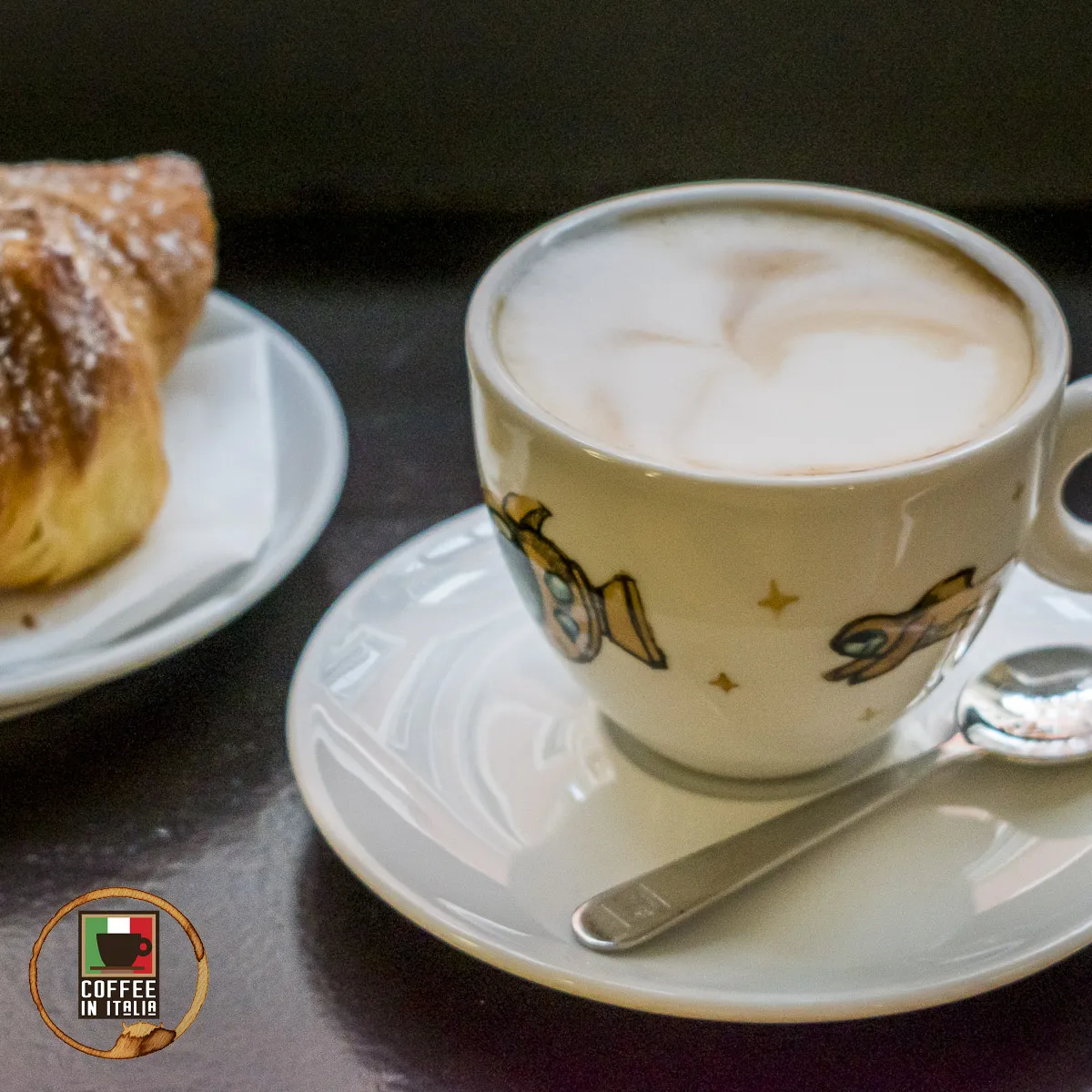
The short version is that a Cappuccino is a breakfast drink, and breakfast time lasts, more or less, until 11:00AM. This is when lunch aperitivo begins. Yes, there is a less well known aperitivo before lunch when you order cocktails, wine or beer to prepare your palate for the meal to come.
The longer explanation involves the importance of digestion after every meal. The highest compliment someone can pay to an Italian meal is that it is “highly digestible”. Milk is not considered highly digestible, and as such, it is not consumed later in the day.
That means you can get an espresso at any time, and you should, but a cappuccino, macchiato or caffè latte should be limited to the mornings.
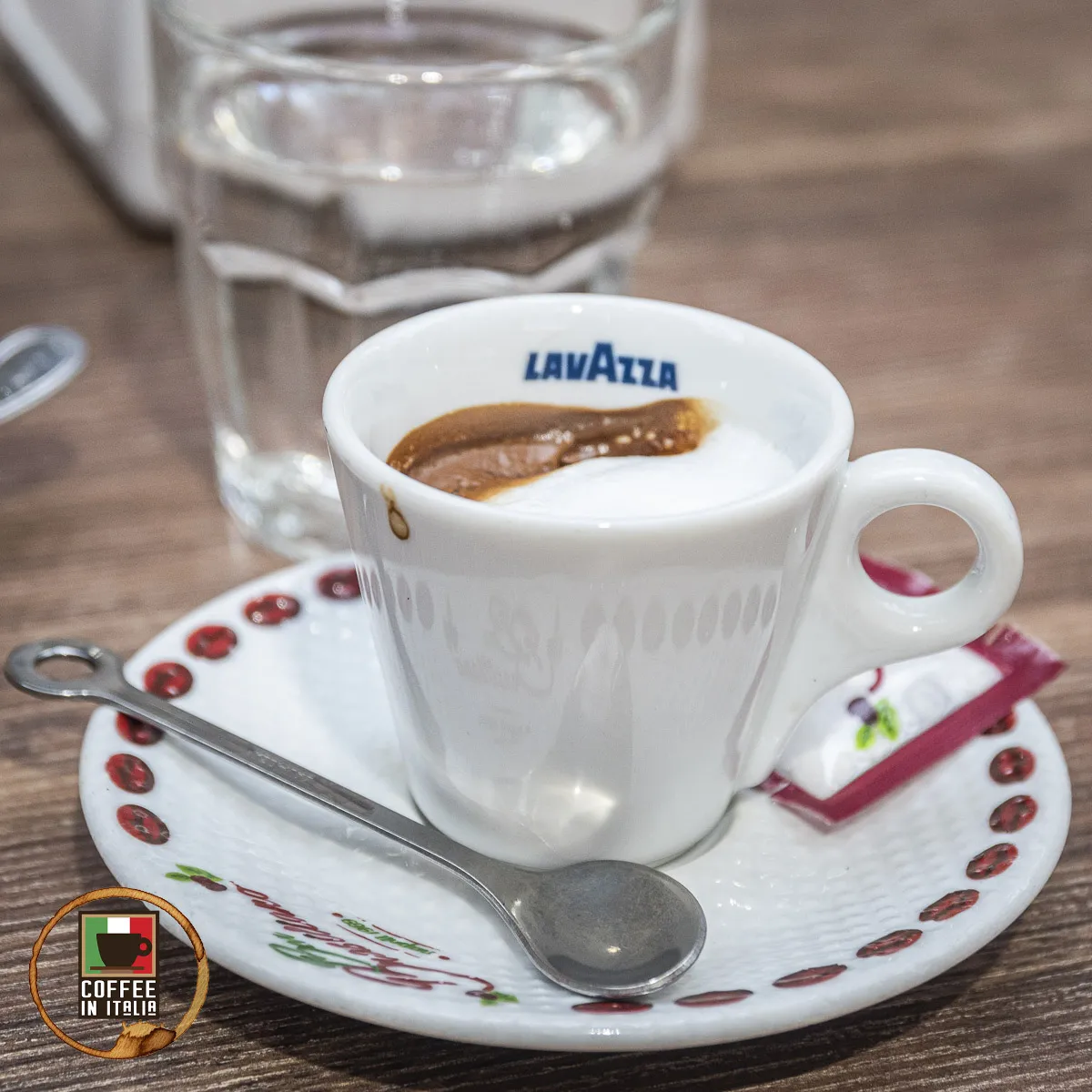
What Is Proper Coffee In Italy?
Ordering a Caffè in an Italian bar, restaurant or train is the easiest way to get a proper Italian coffee. What you will receive is a shot of espresso. There are some optional things you might receive with it, but at a minimum you’ll get a single shot of espresso at a very reasonable price.
You might also be asked if you want a small glass of water to go with it to cleanse your palate. You will be offered some sugar, if that is your preference, and although this has only happened to me one time since moving to Rome, you might be asked if you prefer it in a glass cup (the size of a shot glass) or in a traditional porcelain cup. I’ve only gotten one explanation of this choice, so I’m hesitant to explain further without more confirmation.

Why Is Coffee In Italy So Much Better?
The belief that Italian coffee is the best in the world is probably a little controversial, especially with people from Turkey, the Pacific Northwest of the US and with others who originate from a country with a strong coffee culture. However, there are reasons coffee shops like Starbucks, Cafè Nero and other imitators have tried to replicate Italian coffee culture around the world.
To answer the question: “Why Is Coffee In Italy So Much Better?” I will offer two reasons: the roast and the pressure. Coffee roasting in Italy is a passionate affair that results in variations across Italy, across regions and even across cities. These differences offer a range of tastes from who everyone can find a favorite.
The second reason is the pressure. More specifically the steam pressure used in proper commercial espresso makers. This does give a very different flavor than a drip, pour-over, percolator and even a stovetop coffee maker. Combining these two factors, in my opinion, is why Italian coffee is the best in the world.
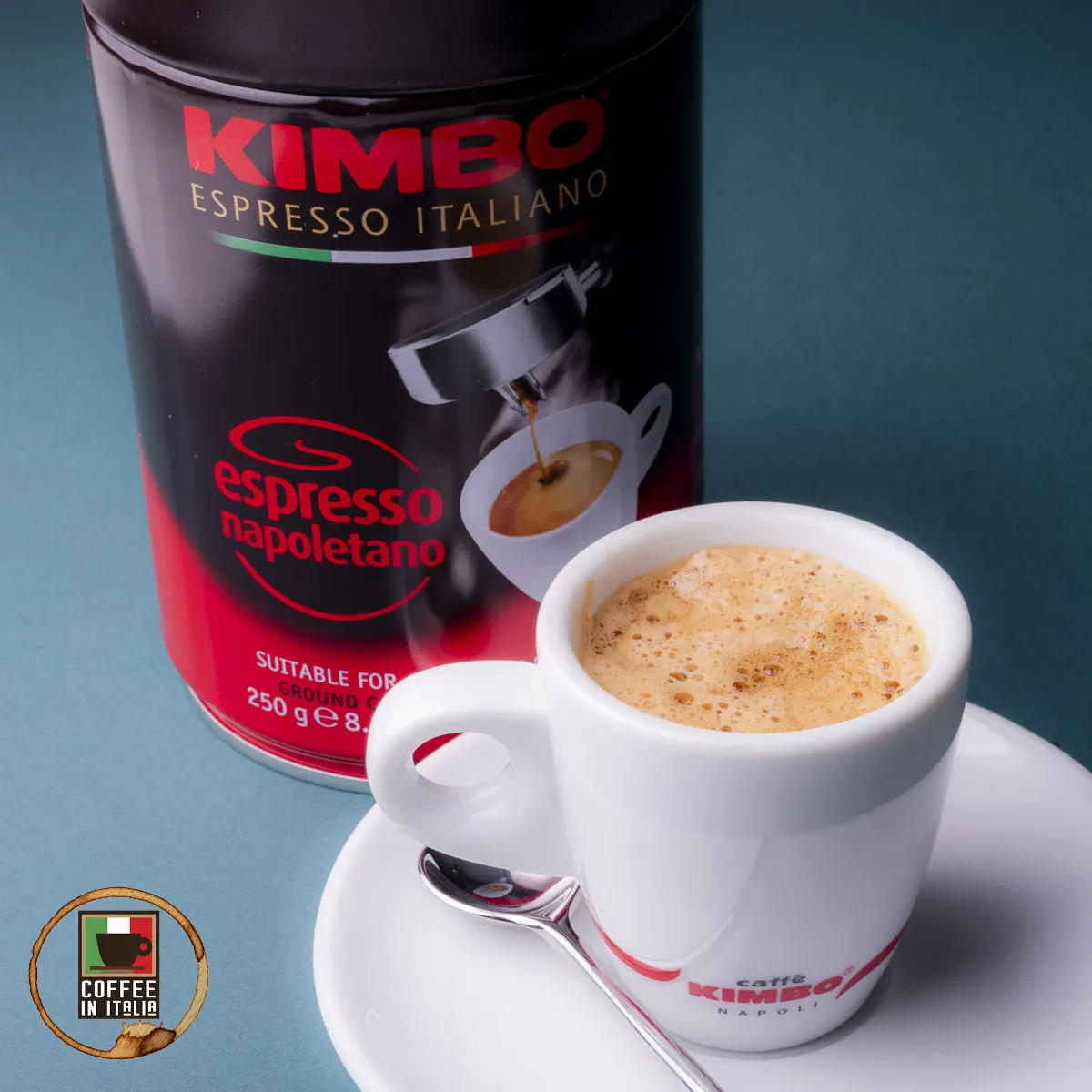
Popular Coffee Preferences
- Espresso: Espresso accounts for the vast majority of coffee consumption in Italy. Its popularity stems from its bold taste, small serving size, and ability to be customized into various drinks.
- Specialty Coffee: A growing segment, especially among younger Italians, specialty coffee emphasizes traceability, sustainability, and diverse flavor profiles. Brands like Lavazza and Illy are exploring single-origin and organic blends to meet this demand.
- Espresso At Home: Invented in 1933 by Alfonso Bialetti, the moka pot remains a staple in Italian households. It offers a traditional, full-bodied brew and underscores the country’s love for high-quality coffee.
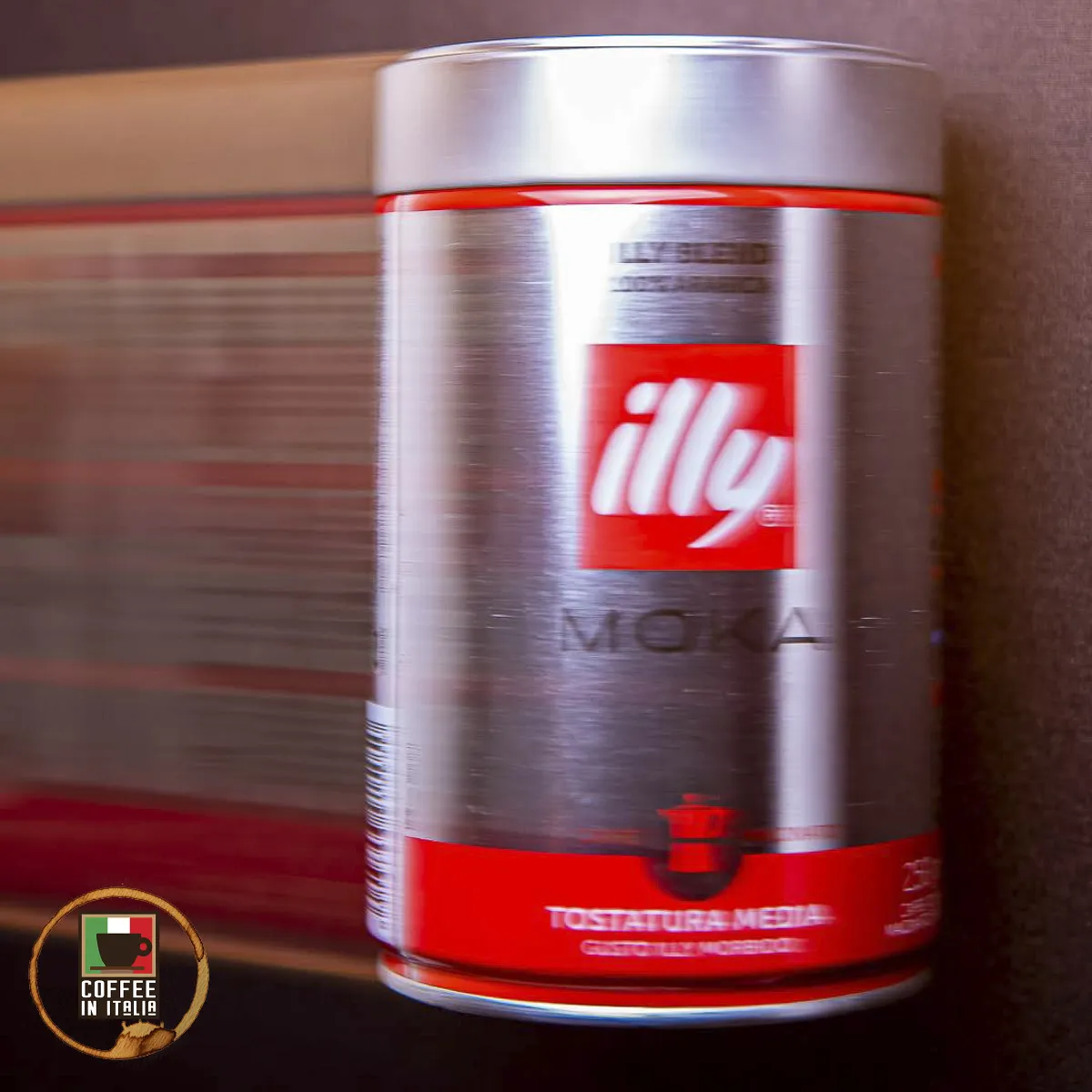
Leading Italian Coffee Brands
Italy boasts some of the world’s most renowned coffee brands. Some of these you will find in your local supermarket, others at a specialty shop like Eataly, and others you will probably need to order online or enjoy in Italy:
- Lavazza: Founded in 1895, Lavazza is celebrated for blends like Qualità Oro and Crema e Gusto. The company leads in innovation, including organic and sustainable lines.
- Illy: Established in Trieste in 1933, Illy is known for its intense, smooth espresso blends that leverage only the finest Arabica coffee beans.
- Segafredo Zanetti: Founded in 1973, today Segafredo helps create the connections that make life rich on six continents, all the time maintaining the vision and standards they started with.
- Kimbo: A Naples-based brand, Kimbo focuses on Southern Italy’s coffee preferences, offering rich, bold roasts. Difficult to find in the US (especially since we shut down our store), but definitely worth the effort to find it if you enjoy strong coffee.
- Caffè Vergnano: Founded in 1882, this is the brand you will probably enjoy if you stop at an Eataly in the US.

Modern Trends in Italian Coffee
Italian coffee isn’t ALL about history. The industry continues to innovate and much of this innovation is focusing on these three areas:
- Sustainability: Italian brands are increasingly focusing on sustainability. For example, Lavazza and Segafredo have introduced Rainforest Alliance-certified products.
- Specialty and Organic Coffee: Specialty coffee shops are on the rise, catering to younger consumers’ preferences for unique flavors and ethical sourcing.
- Technological Integration: Personally, I’m not as concerned about leveraging blockchain to enhance transparency and cater to a tech-savvy audience, but I do care about using technology all throughout the growing, harvesting and roasting processes.
Italian Coffee Influence Beyond Italy
Italian coffee’s global reputation extends far beyond its borders. Lavazza and Illy export their products to over 140 countries, bringing Italian coffee culture to a worldwide audience. The meticulous attention to bean selection, roasting techniques, and preparation ensures that Italian coffee maintains its esteemed position on the international stage.

Italian Coffee Is More Than A Beverage
Italian coffee is a cultural symbol, a daily ritual and a global influence. Whether enjoyed as a quick espresso at a bustling café or brewed slowly at home with a moka pot, Italian coffee remains a testament to the country’s dedication to quality and tradition. For more information about Italian coffee, check out the following articles:
- What Is The Best Italian Coffee? A Comprehensive Guide.
- Authentic illy Italian Coffee For Your Espresso Experience.
- Why Drinking Lavazza Italian Coffee At Home Is A Must.
- Discovering Kimbo Italian Coffee Is Amazingly Delicious.
- What Coffee Do Italians Drink When Nobody Is Looking?
- Where Do Italians Get Their Coffee In The Morning?
- Is A Cappuccino Or Espresso A Sustainable Coffee?
- Coffee Packaging Options For Making Italian Coffee at Home.
- The Best Italian Coffee Beans Result In The Best Roast.

